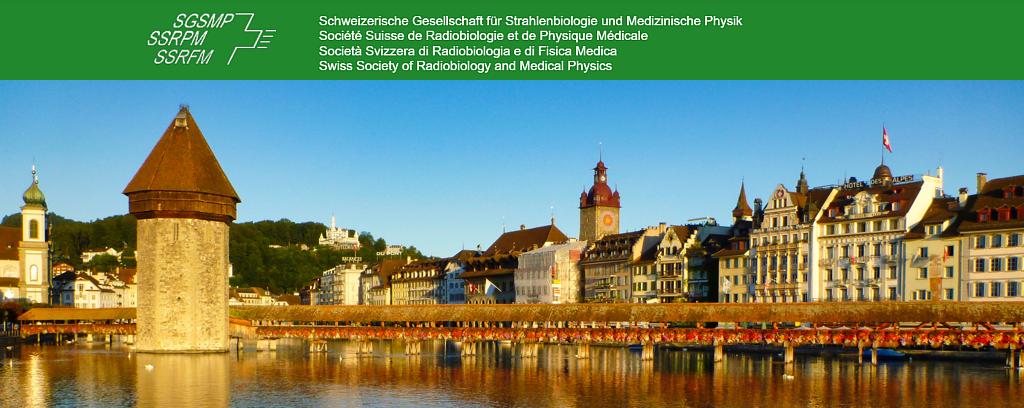Speaker
Description
Purpose
For a cyclotron-based facility, one of the methods for improving beam transmission is to transport higher emittance through the beamline, which can lead to larger beam sizes and/or divergence with respect to the ideal treatment planning requirements. A similar problem exists in multi-room facilities, where small differences between the transport beam lines for each treatment room can lead to different phase spaces in each room, complicating commissioning and quality assurance procedures. A comprehensive understanding of tolerance limits for beam size and divergence variations is also crucial for quality assurance procedures.
Methods
The investigation considers different scenarios involving the modification of beam size and divergence in the clinical PSI Gantry 2 beam model, either independently (keeping constant emittance) or together (modifying emittance). This covers a range of possible combinations that might be encountered during the commissioning of a new facility or beam optics scheme.
We optimized four plans on four major tumor types for proton therapy (CSI, Meningioma, Cranial Fossa, and Skull Base Chordoma) using the clinical beam model. We then recalculated the dose distributions, considering the different configurations of beam size and divergence, and evaluated their prescription fulfillment and plan quality in comparison to the optimized plan.
Results
Results indicate that, up to a beam size increase of 1.2 in the clinical PSI Gantry 2 beam model, dose distribution quality remains intact. Divergence adjustments exhibit considerable flexibility, with a factor change of 3 minimally impacting treatment quality. Emittance can be increased by up to 1.5 times solely by adjusting beam size or increased by up to 8-fold by modifying divergence without compromising plan quality.
Conclusion
In conclusion, variations in beam size exert a more substantial influence on dose distribution than changes in beam divergence. These findings have potential implications for setting commissioning and QA tolerance limits and simplifying the integration of new beam optics settings in existing facilities.

